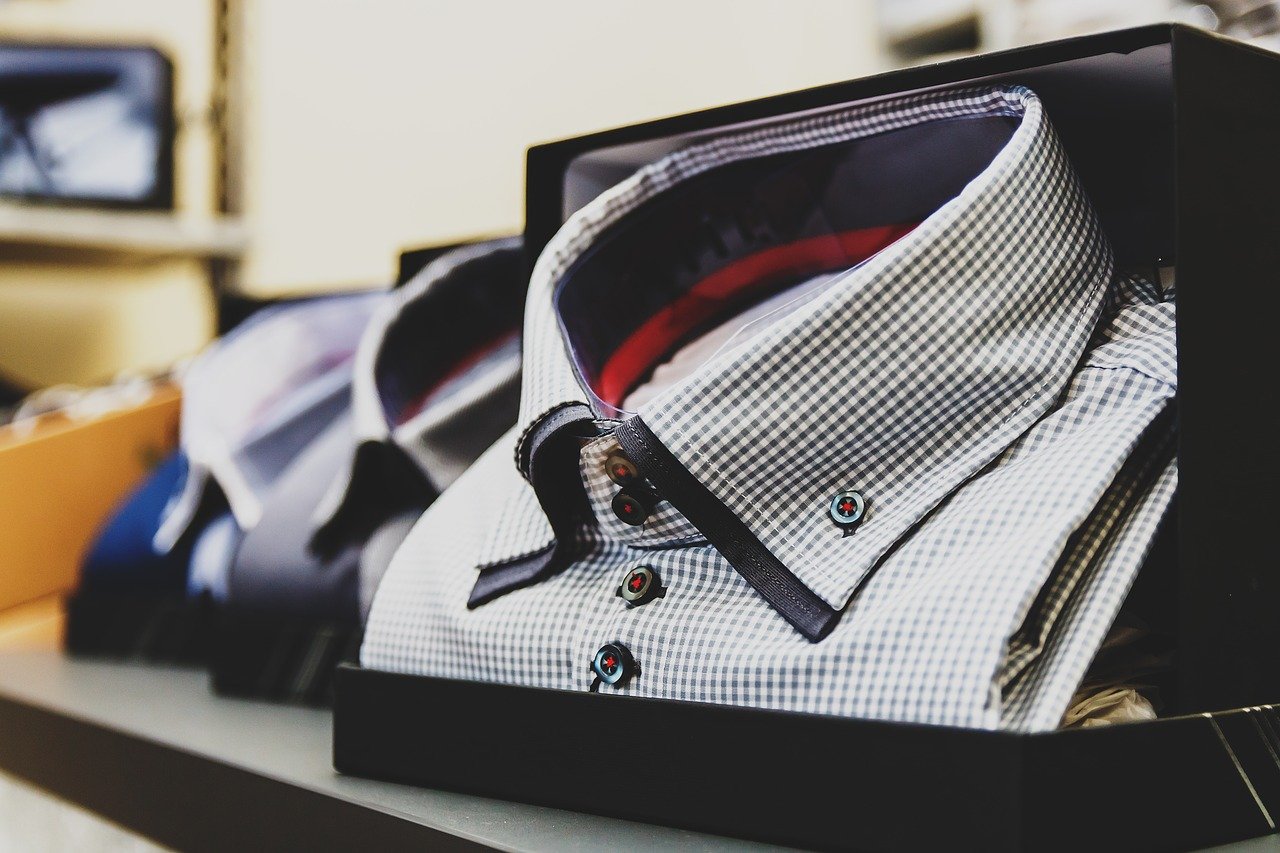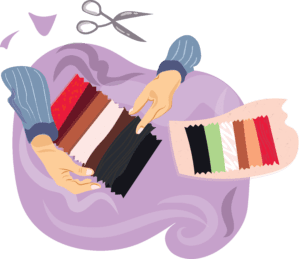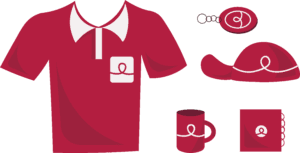Match Your Shoes and Belt
This is a simple statement that gives your workwear extra class. And the best part is that it takes little to no effort. Ensure that the leather matches: if your shoes are dark brown, pair it back with an identical colour belt. For an additional edge, match your buckle to any metal on your shoes. If in doubt, always use the shades that are closest.
Plan ahead
Ever get tired of making decisions? You’re not alone. Decision fatigue is common for busy workers, and it can result in a lack of care about the state of your workwear. The solution to this is planning ahead. On your day off take 20 minutes to plan your outfits for the week, taking into consideration what each day will hold. Think about special meetings, the weather, and adding variety to your attire. Lay them out or use cascading hangers in order that each outfit is prepared to travel . Now your style is no longer in the hands of your lethargic self at 7 am, and you can be certain you’ll look your best every day.
Dress for your body, not fashion
Fashion seems to change every second day, but your body doesn’t. The temptation is to wear the trending styles, but this isn’t always the simplest choice for your body shape. Try to pick outfits that flatter your body type and that you feel comfortable in. If you’re feeling cramped or edgy, likelihood is that that your outfit doesn’t fit your somatotype . The internet is filled with helpful guides for both men and ladies , so start dressing for you.
Always choose classic for work if unsure
For men, a classic black or brown ‘Oxford’ style shoe may be a safe and timeless choice. Basic cotton shirts are professional and more conservative than a polo and best worn in neutral colours. Wool or wool-blend trousers are durable and cozy , making them ideal for day to day workwear. During winter, opt for V neck light knit.
For women, options are many. If unsure, lean towards more classic business attire. A collared shirt and/or a flattering sweater works well and may be paired with dress pants or a skirt. Plain or subtle printed blouses and dresses in neutral colours also are safe options. And a girl can never go past the little black dress. Opt for classic flats or pumps and avoid sandals and open toe shoes.
Avoid Cheap Accessories
This doesn’t mean buying ridiculously overpriced accessories. Instead, know what accessories cause you to look cheap and avoid them. Elegance is key. Often an excessive amount of ornamentation or bulk makes jewellery look cheap. Favour smaller, more classic pieces, as large beads are likely to age within the world of fashion. Also, steer beyond any plastics or glass, and instead accompany pearls or stones. Less is more. Stay away from elaborate shapes and bright colours. Hearts and flowers could also be cute, but not always suitable for your profession. Stick to simple designs and clear gemstones to enrich the professional sort of your uniform.
Use of colours
Understanding the relationship between colours will unlock your ability to coordinate the colours of your workwear. Here are 3 combinations that are perceived as the most organised:
Complementary Colours – these hues are directly opposite on the color wheel that makes a vivid contrast. Think violet and yellow, blue and orange or red and green. Featured on a neutral colour like white, black or grey, complementary colours create a glance which will make certain to face out.
Triad Colours – these are equidistant from each other on the color wheel and make the foremost balanced sort of contrast. This is an honest scheme for workwear with multiple pieces like a suit or skirt and top. Accents of neutral colours will work with any triad scheme.
Analogous Colours – these are colours that are next to each other on the colour wheel, giving a sense of consistency to your workwear. This is the right scheme for office outfits since the minimal contrast shows restraint and professionalism.




